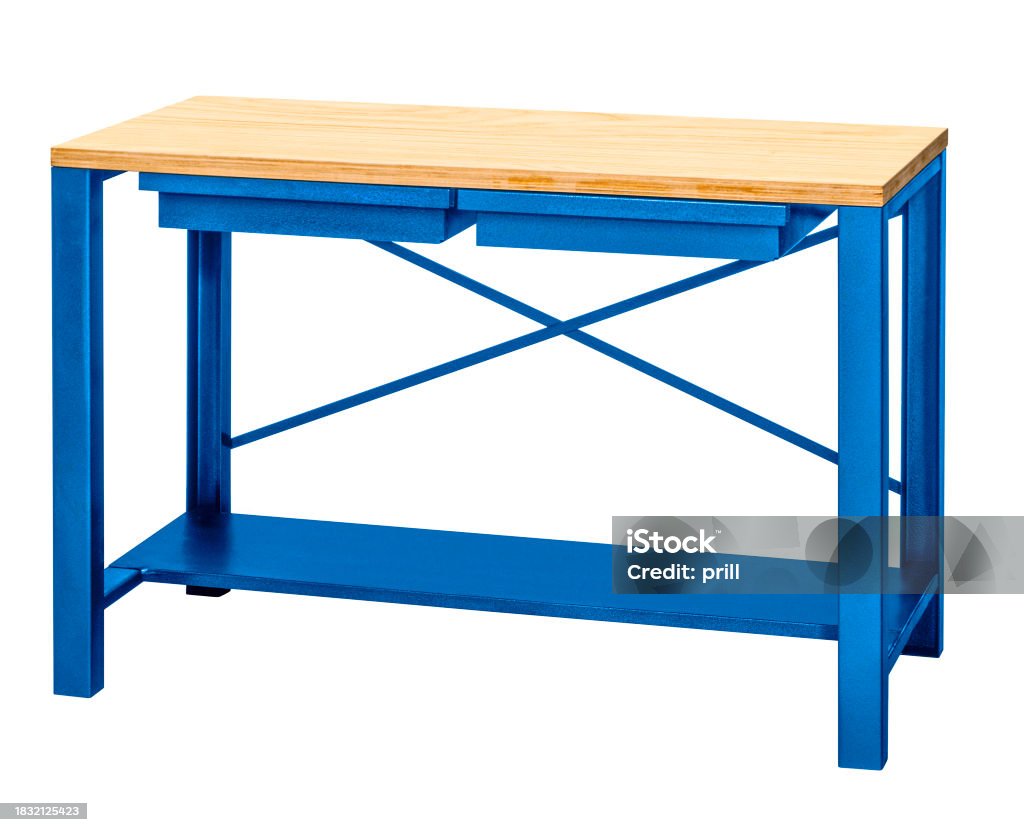Search results: 147
The minerals industry in the field of Underground Mine Design is presently faced with the problem of meeting a rapidly increasing domestic and foreign demand for its mineral resources. This increased demand has added to the problems already plaguing the industry increased land, labor, and material costs; increased foreign competition; more rigid Federal and State mining laws pertaining to health and safety; increased public awareness of air, stream, and land pollution; and increased public concern of mining practices and conditions within the mines.

- Teacher: Eric Hitimana
This module describes the knowledge and skills required for assisting to Necropsy evaluation. The module provide the essential for performing a pre-necropsy evaluation prior to necropsy procedures. The evaluation of body systems will be explained target the observation of macroscopic findings related to the cause of death. Before ending this module, you will be provided with essential knowledge that will help you to assist to laboratory sample analysis towards a decision of the Necropsy evaluation. Welcome to the module!
My name is MUHOZA Olivier, I am a Veterinary trainer at KISARO TSS. Allow me to introduce the module called NECROPSY EVALUATION (ANHNE503 as module code).This module describes the skills, knowledge and attitudes required to assist in
necropsy evaluation. At the end of this module, participants will be able to
perform pre-necropsy evaluation, assist in systemic evaluation and laboratory
analysis. Welcome to my module. THANK YOU!
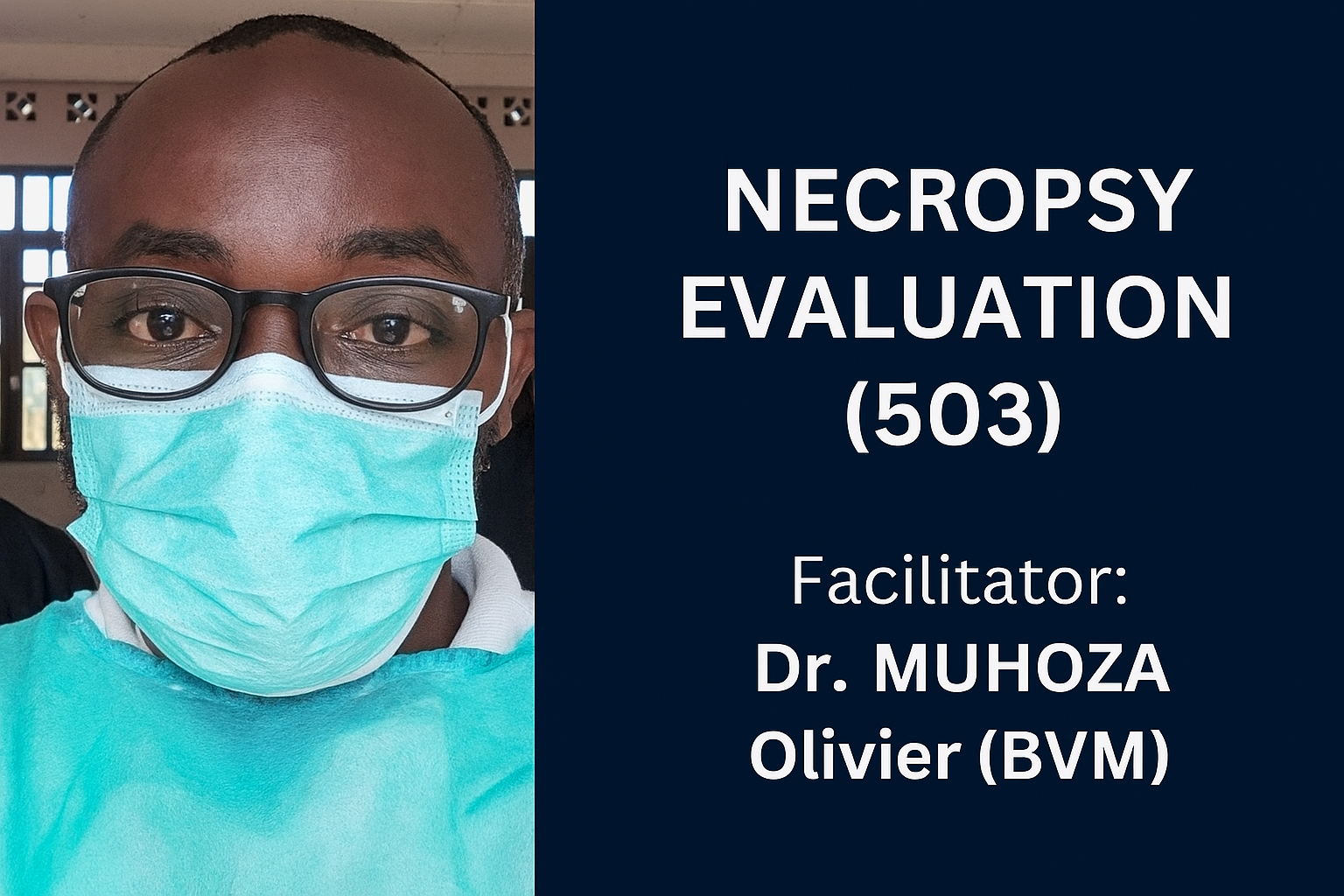
- Teacher: Olivier MUHOZA
This module focuses on identifying, diagnosing, and managing animal parasites to promote animal health and productivity. It covers the major groups of parasites—helminths, arthropods, and protozoa—and their associated diseases.
1. Identification of Animal Parasites
Learners study the main classes of parasites:
-
Helminths – including nematodes, cestodes, and trematodes, described by their structure, lifecycle, and mode of infection.
-
Arthropods – such as insects, mites, and ticks, described by their morphology, development, and role as vectors.
-
Protozoa – single-celled parasites classified based on movement (flagella, cilia, pseudopodia) and mode of reproduction.
2. Description of Common Parasitic Diseases
Students learn about major parasitic diseases:
-
Helminthiasis – caused by parasitic worms like roundworms, tapeworms, and flukes.
-
Arthropod-borne diseases – caused or transmitted by ticks, flies, lice, and mites (e.g., anaplasmosis, babesiosis).
-
Protozoosis – caused by protozoan parasites such as Trypanosoma, Eimeria, and Babesia.
3. Diagnosis of Common Parasitic Diseases
The module trains students to:
-
Conduct clinical examinations following proper procedures.
-
Collect and handle samples (blood, feces, skin scrapings, etc.) according to protocols.
-
Examine samples using laboratory techniques (microscopy, flotation, staining).
-
Interpret results accurately based on clinical signs and lab findings.
4. Treatment and Control of Parasitic Diseases
Learners gain practical skills in:
-
Applying effective treatments specific to helminths, arthropods, and protozoa.
-
Monitoring animal health during and after treatment.
-
Implementing biosecurity and preventive measures such as sanitation, vector control, vaccination, and isolation to reduce disease spread.
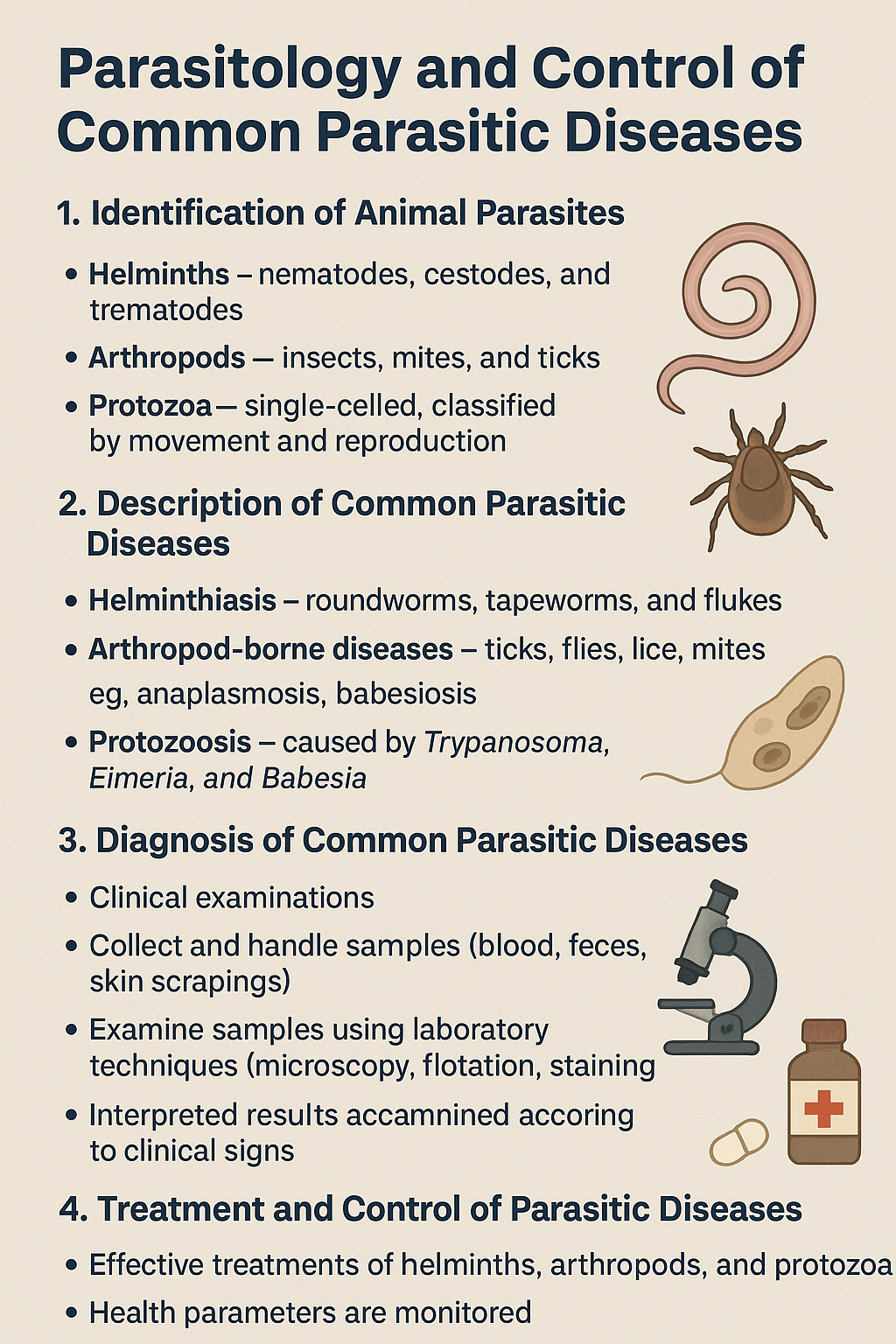
- Teacher: NIYONZIMA Fiston
Parts production on a CNC machine is the process of creating mechanical components by using computer-controlled tools to shape raw materials into finished products. It involves the use of CAD/CAM software to design the part, generate machining codes (G-code), and guide the CNC machine in executing precise operations such as cutting, milling, turning, drilling, and grinding.
The process begins with preparing the design, selecting suitable material, and setting up the machine with the required tools. Once the program is loaded, the CNC machine automatically performs machining operations with high accuracy, speed, and repeatability, producing parts that meet the required dimensions, tolerances, and surface finish.
CNC parts production is widely used in industries like automotive, aerospace, medical, and manufacturing, where consistency and precision are essential. It allows for mass production, reduced errors, and cost efficiency compared to manual machining.
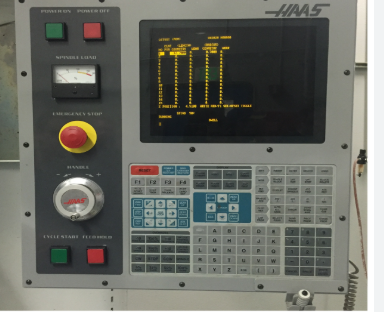
This course introduces learners to the principles and practices of producing mechanical parts using Computer Numerical Control (CNC) machines. It covers the fundamentals of CNC machining, including the structure and functions of CNC machines, interpretation of engineering drawings, selection of tools and cutting parameters, and the preparation of CNC programs (G-codes and M-codes). Learners will develop skills in setting up workpieces, executing CNC operations such as turning, milling, and drilling, and applying quality control measures to ensure accuracy and precision of produced parts. The course also emphasizes safety practices, process optimization, and troubleshooting in CNC machining to prepare students for real-world manufacturing environments.
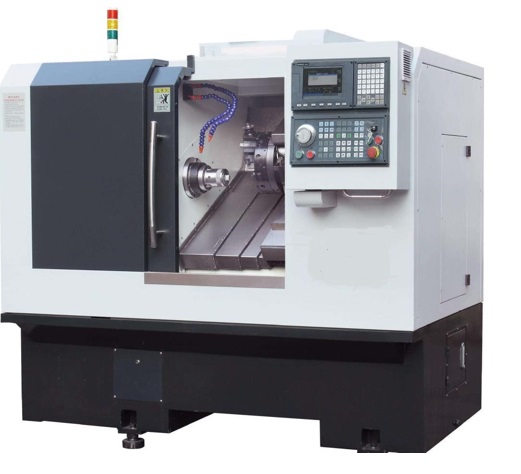
Terrazzo is a composite material that originated in Italy during the 15th century.
It typically consists of chips of marble, quartz, granite, or glass mixed with a cement or epoxy binder.
The word “terrazzo” comes from the Italian word for terrace, as the original technique was used to create durable and decorative flooring in outdoor spaces.
- Teacher: Clemence MUKASHYAKA
This module is describes skills, knowledge and attitude, required to apply painting an artwork. At the end of the module the leaners will be able to prepare the working environment, paint the artworks and make the clear finishing of the artwork in respect of element and principles of painting.

- Teacher: Eric Hitimana
- Teacher: Origene IGIRANEZA
Pig farming operations involve the breeding, rearing, and management of pigs for meat (pork) and other by-products. The operations typically include housing and pen construction, feeding and nutrition management, breeding practices, health care and disease control, waste management, and marketing of pigs or pork products. Efficient pig farming focuses on providing proper housing, balanced feeding (concentrates and forages), hygiene, and veterinary care to ensure fast growth, high reproduction rates, and profitability.
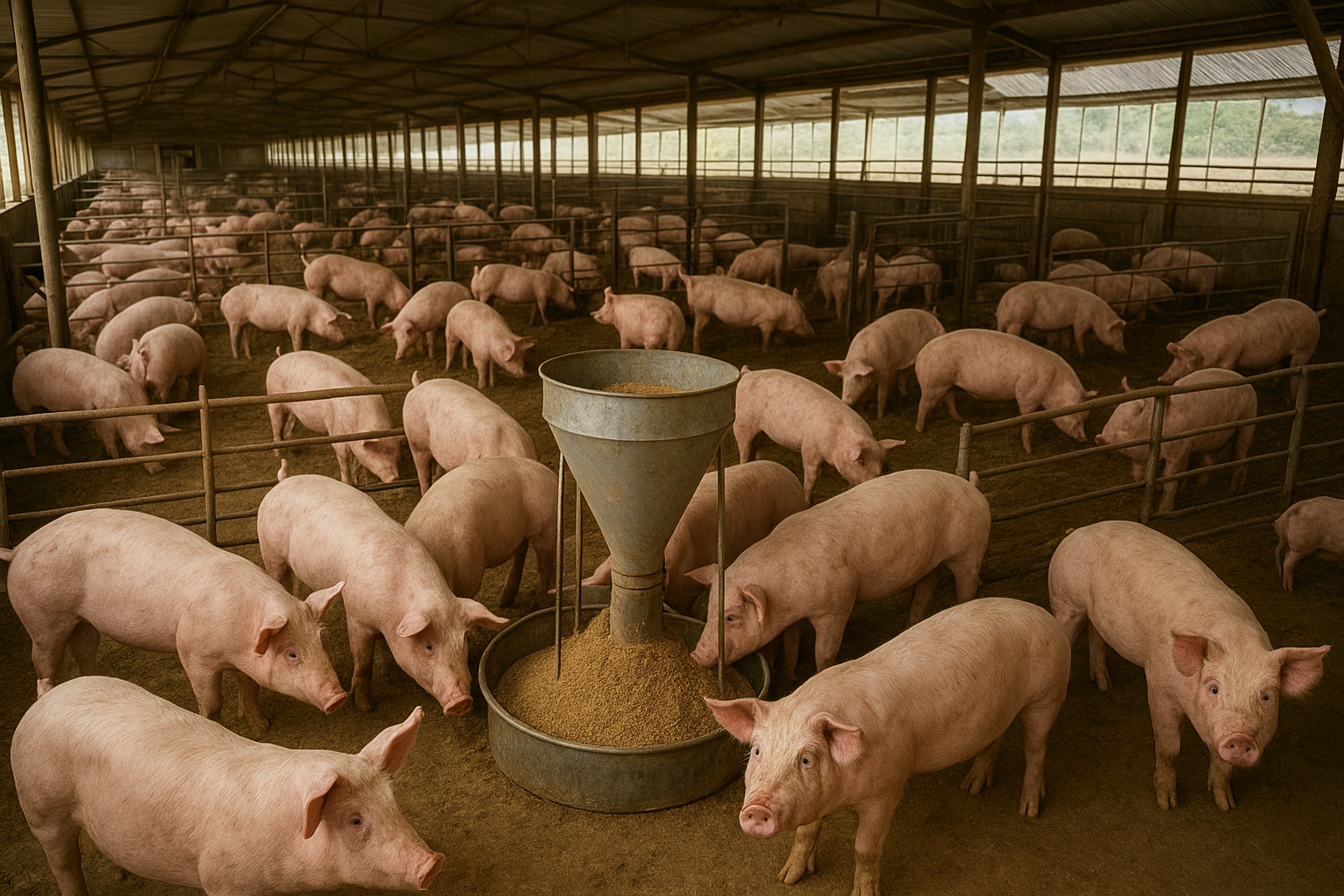
- Teacher: Jean Pierre RURANGIRWA
This course equips learners with the knowledge and practical skills required to carry out welding on pipes and pressure vessels in accordance with industry standards and safety regulations. It covers the preparation of materials, selection of appropriate welding processes (such as SMAW, GTAW, and GMAW), setting of welding parameters, joint design, and defect prevention. Emphasis is placed on welding safety, handling of pressurized systems, and adherence to quality assurance procedures.
Inclusive methods such as demonstrations, guided practice, simulations, group projects, and blended learning are applied to ensure that all learners actively participate and develop confidence. Upon completion, learners will be able to perform high-quality welds on pipes and pressure vessels, interpret welding specifications, and ensure structural integrity and reliability in various industrial applications such as oil and gas, power plants, and manufacturing.

- Teacher: Jeremie NGIZWENAYO
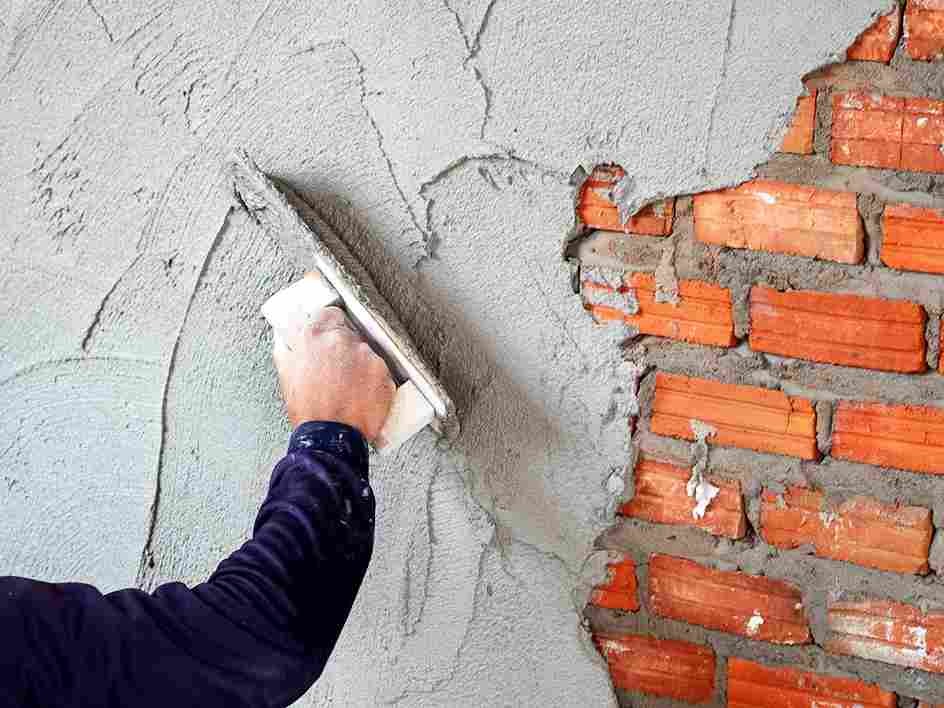
- Teacher: Uwimbabazi Antoinette
- Teacher: JEAN HAKIZIMANA
- Teacher: Clemence MUKASHYAKA
- Teacher: Pierre MUNYAMBONERA,
Preventive Maintenance (PM) Level 4 is the most advanced and comprehensive stage in a multi-tiered PM program used in manufacturing technology. This level focuses on deep inspections, diagnostics, and overhauls to ensure long-term equipment reliability and performance. It often involves specialized personnel, advanced tools, and predictive technologies.
- Teacher: AUGUSTIN MBONIGABA
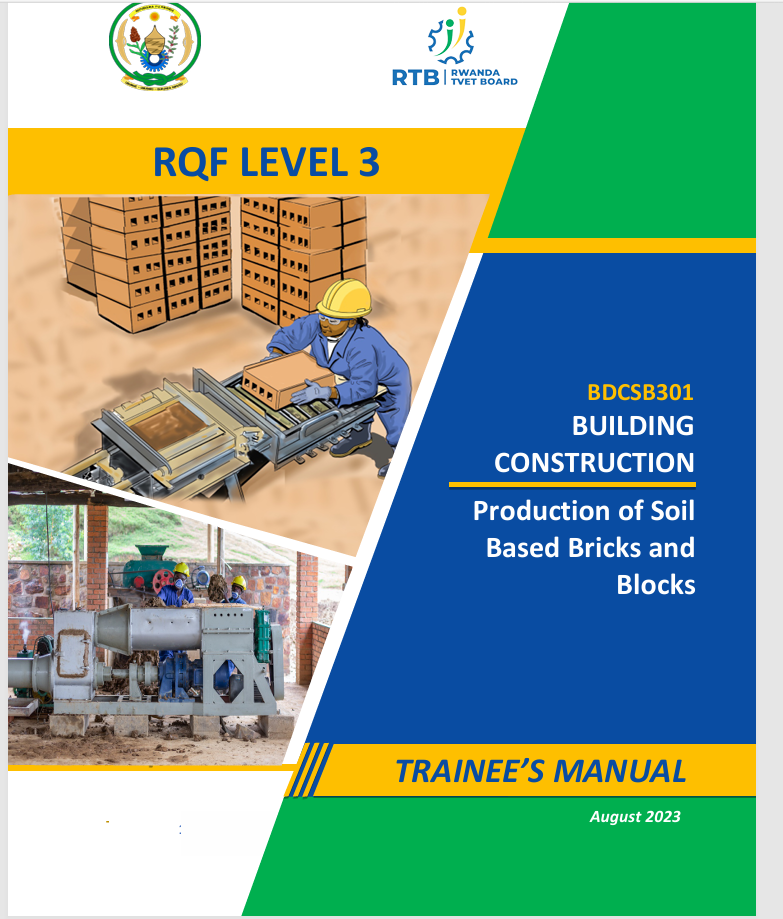
Purpose statement
This is a core module which describes the skills, knowledge and attitudes to be acquired
by the learner to produce good soil- based bricks/blocks. The learner should prepare the
materials, making good mix, molding and burn soil-based brick /blocks in order to
produce bricks or blocks of good quality. The learner deemed competent to this module
may work in construction materials production under minimum supervision.
- Teacher: Jean Damascene TUYAMBAZE
 Purpose statement
Purpose statement
This module describes the knowledge, skills and attitude of quantifying various
construction works and reporting the work done. It is intended to be pursued by the
learners at TVET Certificate IV in building construction. At the end of this module, the
learner will be able to: Interpret construction drawings, determine required resources in
the construction sites, perform site data collection and reporting.
- Teacher: Jean Damascene TUYAMBAZE
This module focuses on the essential skills needed to measure and estimate all aspects of a building project accurately. The goal is to equip you with the knowledge to create a clear and realistic plan before any construction begins.
Here are the key topics we would explore:
Understanding a Bill of Quantities (BoQ): We'll learn how a BoQ serves as the blueprint for a project's costs and materials. It's the document that lists every item needed for the construction.
Material Estimation (Takeoffs): This section would teach you the methods for calculating the exact quantities of materials required, from the number of bricks to the amount of mortar and concrete.
Labor and Costing: You'd learn how to estimate the labor hours and skills needed for each task, and then how to translate all of these figures into an accurate total project cost.
Reporting and Documentation: Finally, we'd cover the importance of keeping detailed records and reports for project management and financial tracking.
In essence, this module is about ensuring that your project is not only well-built but also well-planned and financially sound.
- Teacher: Speratha MUKAMUHIRE

